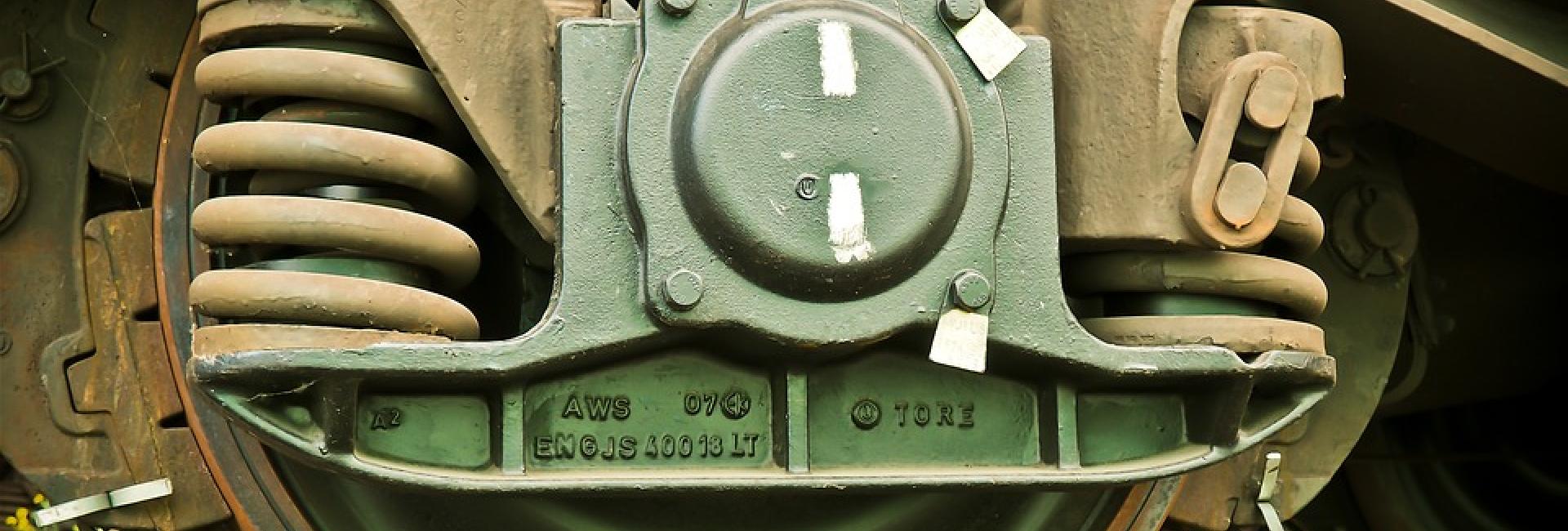
Cart
CloseNo products in the shopping cart.

No products in the shopping cart.


DAVE Embedded Systems' PC104 solution for railway industry
THE SCENARIO:
In the world of railway infrastructures, the communication methods operated between the train subsystems, are traditionally managed by the parallel BUS ISA (Industry Standard Architecture): nowadays, however, it has been possible to ascertain how the serial buses - such as Ethernet - are farther performing and, therefore, it is necessary to convert the former towards the latter.
However, this process cannot be in place quickly as desired because of the technical stability and reliability are more important than performances and cost in this sector.
As happens in the automotive sector, it is not conceivable to completely replace the production of petrol vehicles in favor of fully electric models since the technology in this regard is not yet accurate: the result of the union between the tradition and the future is the compromise of hybrid cars, pending subsequent developments.
Therefore, the solution to be used in this case is a hybridization between these two buses, an hardware architecture that allows the optimization of parallel components through the use of the serial ones: the simplification introduced entails a significant reduction in the amount of wiring, therefore of transported weight and of general costs (both as regards the actual production of the cables, and the systems suitable for transporting and handling them).
THE CONTEXT:
Considering these requirements, the product required by customer was a parallel to serial protocol translator (from BUS ISA to ETH UDP): this allows the functionality optimization of the existing system, by only adding more performing technology without eliminating the previous.
In particular, the product here described is part of the train brake control block. For this project, DAVE Embedded Systems developed a commodity specifically designed to comply with the PC104 standard, using a PowerPC architecture: given the importance of the managed feature, this system must not only be quick and efficient but also perfectly reliable and error-free.
This serialized address-data bus, therefore, allows creating continuous and reliable communication, by simultaneously reducing the number of cables and significantly increasing the distance traveled by the signals: the main objective is to obtain faster and more robust higher-frequencies signals.
The result of this evolution is a module composed of a CPU and an FPGA that works simultaneously, allowing it to meet all these requirements efficiently and effectively, and to solve technical problems definitively.
DAVE Embedded Systems' KEY ROLE:
DAVE Embedded Systems accompanied the client in this important project, in a perspective of support and assistance to the production process from which the experience and all-round dedication arise.
Providing its recognized expertise and development quality, DAVE Embedded Systems offered complete hardware and software embedded solution by fully taking on the development of FPGA modules: the excellent quality final result is suitable for mass production.
ABOUT THE CUSTOMER:
The Company involved in this project deals with the development of electronic elements for the railway market, especially placing themselves in the role of tier towards the trains' manufacturers.
For this component, they needed to find a supplier that would allow them to optimize their final production, supporting the development of this part of the project according to a solution suited to their needs. In particular, in a "make or buy" model, they preferred the purchase option ("buy"), since this aspect was not part of their core business, delegating the implementation to DAVE Embedded Systems.
APPLICATION BLOCK DIAGRAM:
This project can be explained by the following application block diagram:

Welcome to the DAVE Embedded Systems' technical information form submission portal!
Please fill in the fields below. The support team will take care of you in maximum 24h!
Welcome to the DAVE Embedded Systems' Documentation system. Please fill in with required information and you will get your document! Thank you!.
We use cookies to personalize content, to get traffic statistics and to improve your experience on our website.
Please read our Cookie Policy for a more detailed description and click on the "Manage preferences" button to customize how the site uses cookies for you. By clicking on "Accept all cookies" you give your consent for the use of each type of cookie.
These cookies are necessary for the website to function and cannot be switched off in our systems.
You can set your browser to block or alert you about these cookies, but some parts of the site will not then work. These cookies do not store any personally identifiable information.
These cookies allow us to count visits and traffic sources so we can measure and improve the performance of our site. They help us to know which pages are the most and least popular and see how visitors move around the site.
All information these cookies collect is aggregated and therefore anonymous. If you do not allow these cookies we will not know when you have visited our site, and will not be able to monitor its performance.
Select all Deselect all